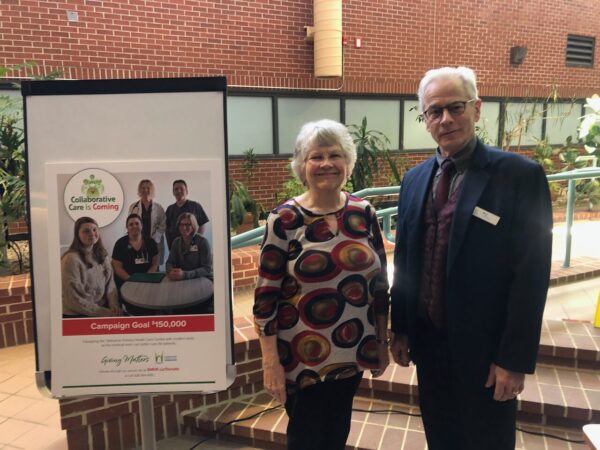Hear this story as reported on Tantramar Report, May 4, 2021:
This coming May 10, Sackville residents are in the enviable position of having lots to choose from when it comes to voting for who will represent their interests in a new town council. There are 12 candidates running for just 8 councillor positions.
Sackville ballots list all twelve candidates in alphabetical order, and voters are asked to “vote for not more than 8.” That means voters are able to vote for fewer than 8 candidates if they choose.
CHMA spoke with Dean Smith, the president and founder of Intelivote Systems, a company based in Dartmouth and specializing in e-voting, to ask about the implications of this at-large, multi-select ballot system. Smith has more than 20 years experience working in Canadian elections.

By and large, most people will vote for a full slate of candidates when asked to vote for “up to” a certain number, says Smith.
“Our studies have shown that on average, almost two thirds of the people–a little over 60%–will actually vote the full number,” says Smith. “So if for example, you’re picking eight from a list of 12, they will pick eight. They feel it’s their duty to do what the ballot tells them they have to do.”
But there could be a strategic reason for not selecting a full slate, says Smith.
“If I was a candidate running in the Sackville election, and I wanted to get elected in the councillor race,” says Smith, “I would encourage them to vote for me, only.”
Smith says the “simple math” of an at-large election, or a multi-select ballot, is that if you vote for a person and seven other people, all eight are equal. But if you vote for one person and no others, the weight of that single vote is slightly increased.
“Strategic voting is something everybody talks about,” says Smith. “How do I make sure my candidate gets elected? The system isn’t really geared so that you can do that, short of the fact that I can put a vote in the ballot box, or I can put eight in the ballot box. And if you only put one in, you’re incrementing your candidate’s chances by one more vote.”
On the other hand, when you don’t vote for a full slate, you give up your say in who doesn’t make the cut. Sometimes, says Smith, people know better who they do not want to vote for, and in those cases, it’s not so much who is on your completed ballot as who is left off.
Voting for only one candidate means your ballot leaves the other 11 candidates on equal footing. Whereas filling in all eight possible choices means you’ve favoured that group of candidates over the remaining four.
It’s also worth noting that on Sackville town council, no single councillor can affect change without the support of a majority of others.
Smith says that only about 15% of voters in the studies Intellivote has conducted will vote for a single candidate only. Most vote for a full slate, and others vote for somewhere in between. However, that does not mean that everyone knows all the candidates, says Smith.
“It’s very romantic to think that everybody who’s going to vote studies the candidates,” says Smith, but, “it simply doesn’t work that way.”
Smith says one multi-select election in Thunder Bay had 27 candidates for nine positions. “That’s a long list, and people don’t know them all,” says Smith. “So they’ll jump around and look for people who have, you know, readable names. Some people make decisions based on ethnicity, because of the name of the person. There’s all kinds of factors.” Even the order that names appear on the ballot can affect vote choices, says Smith, favouring those listed first. (Elections NB lists names alphabetically.)
Here’s a sample ballot from Elections NB, used for training purposes:

Sackville voters have had two days of advanced polling so far, and have until the closing of polls on May 10 to cast their vote. The Tantramar Veterans Memorial Civic Centre will be open 10am to 8pm on election day, May 10.
For more CHMA local election coverage, click here.



















